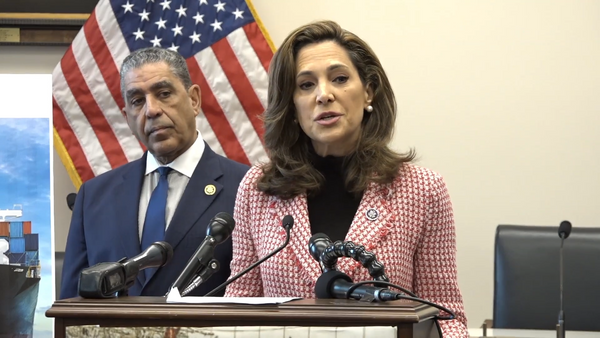
With more money comes more power in the boardroom and in the bedroom, a new study suggests.
Data from the General Social Survey indicate that men in high-prestige professions, such as CEOs, physicians, and surgeons, are significantly more likely to engage in extramarital affairs than their peers in lower-prestige occupations, including janitors, food service workers, and cashiers.
Nearly 18 percent of men ages 25 to 54, in top-tier positions, report having had sex outside their marriage, more than double the 7 percent rate reported among men in upper-middle prestige jobs, such as police officers and teachers, and higher than the 13 percent rate among those in low-prestige roles, writer Wendy Wang, who analyzed the data, said in a blog post for the Institute for Family Studies.
Overall, the prevalence of extramarital sex has declined over time. In the early 1990s, about 17 percent of ever-married, prime-age Americans admitted to cheating on their spouses. That figure dropped to 14 percent between 2010 and 2018, and fell further to 13 percent in the most recent data from 2021 to 2022.
This downward trend is especially pronounced among men. While around one in five men confessed to infidelity in the 1990s and 2000s, that share has dropped to roughly 17 percent in more recent years.
Meanwhile, rates among women have remained relatively steady, leading to a near-parity in cheating between prime-age men and women.
Employment status also appears to play a role. About 20 percent of men ages 25 to 54 who are not working report having had extramarital affairs, compared to only 11 percent of men who are employed, whether full- or part-time.
Among women, the pattern differs. Those who work for pay have a higher reported cheating rate, 16 percent, than stay-at-home women, 8 percent.
Several factors appear to influence the likelihood of infidelity among ever-married, prime-age adults. Education plays a notable role, as only 10 percent of those with a college degree report cheating, compared to 15 percent of those without a degree.
Religious involvement also shows a protective effect, with frequent attendees reporting an 8 percent infidelity rate, while those who rarely or never attend services report a rate of 18 percent.
Marital history further shapes the risk. Divorced or separated individuals are far more likely to have cheated, with 34 percent admitting to infidelity compared to just 7 percent of those who remain married. Among adults who have cheated, half are now divorced or separated, and they are about three times more likely to be separated than those who have remained faithful (52 percent versus 15 percent).

The consequences of infidelity also show gendered patterns. Of men who admit to cheating, 45 percent are divorced, while nearly 60 percent of women who have cheated are now separated or divorced. Experts suggest this may reflect differences in how men and women respond to a partner’s infidelity and how likely they are to remarry.
Researchers point to multiple explanations. High-status men may face increased opportunities and temptations for infidelity, as prestige is often perceived as an attractive trait.
On the other hand, men who are unemployed or financially dependent on their partners may feel their masculinity threatened and may pursue extramarital validation as a response.
Children to be deported under Reform’s plan to tackle migration, Nigel Farage says
Woman digs for weeks in Arkansas park to find herself a diamond for her engagement ring
Rio and Kate Ferdinand announce they’ve left the UK: ‘A new chapter’
Your soda could be making you bald
Experts say many of us are brushing our teeth wrong
I’m a dietitian — here’s the startling amount of sugar in the new Dunkin’ drink







